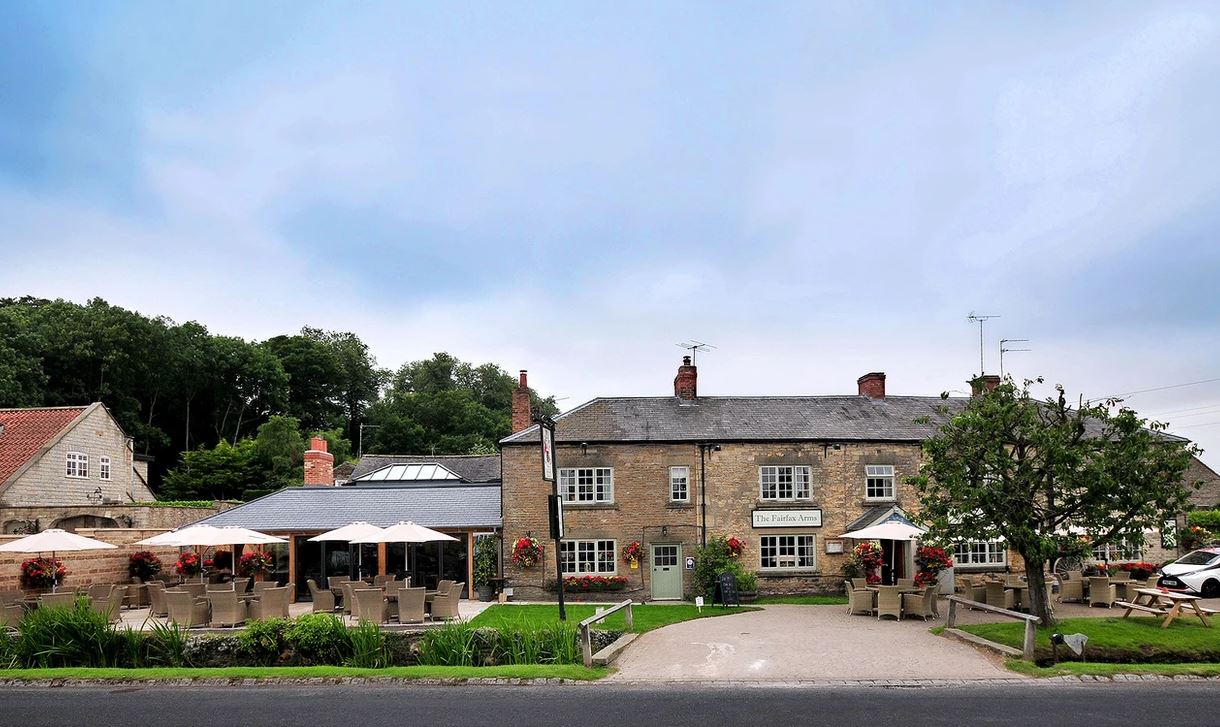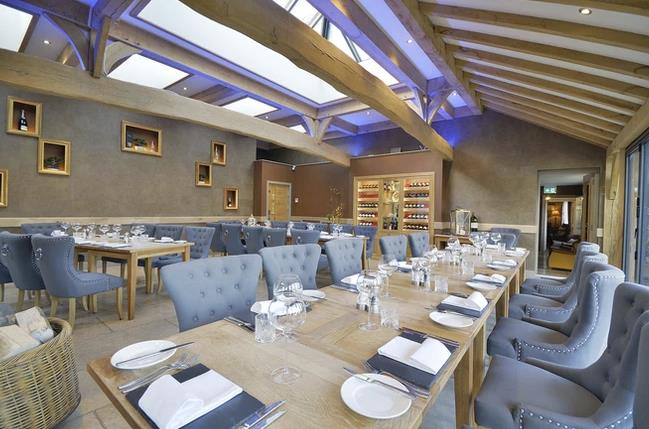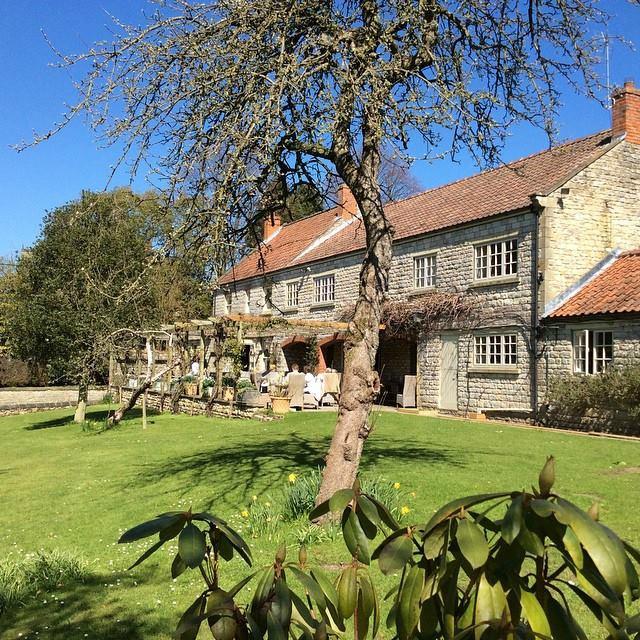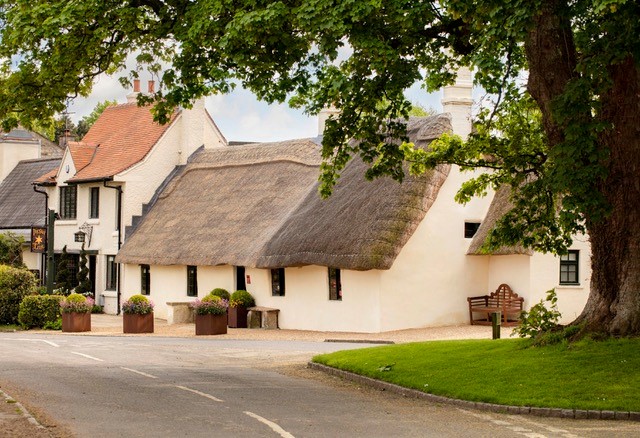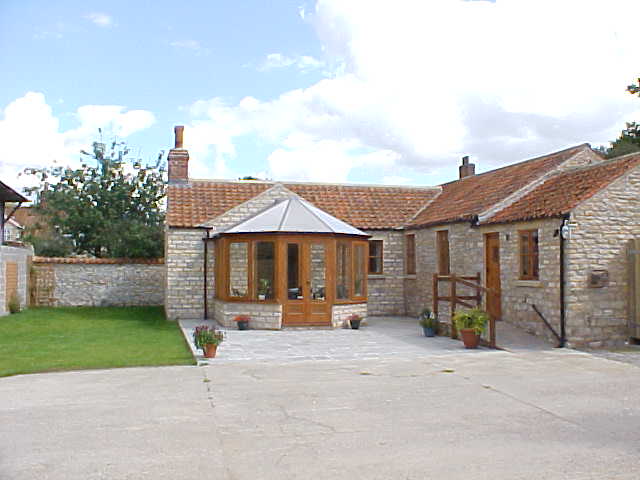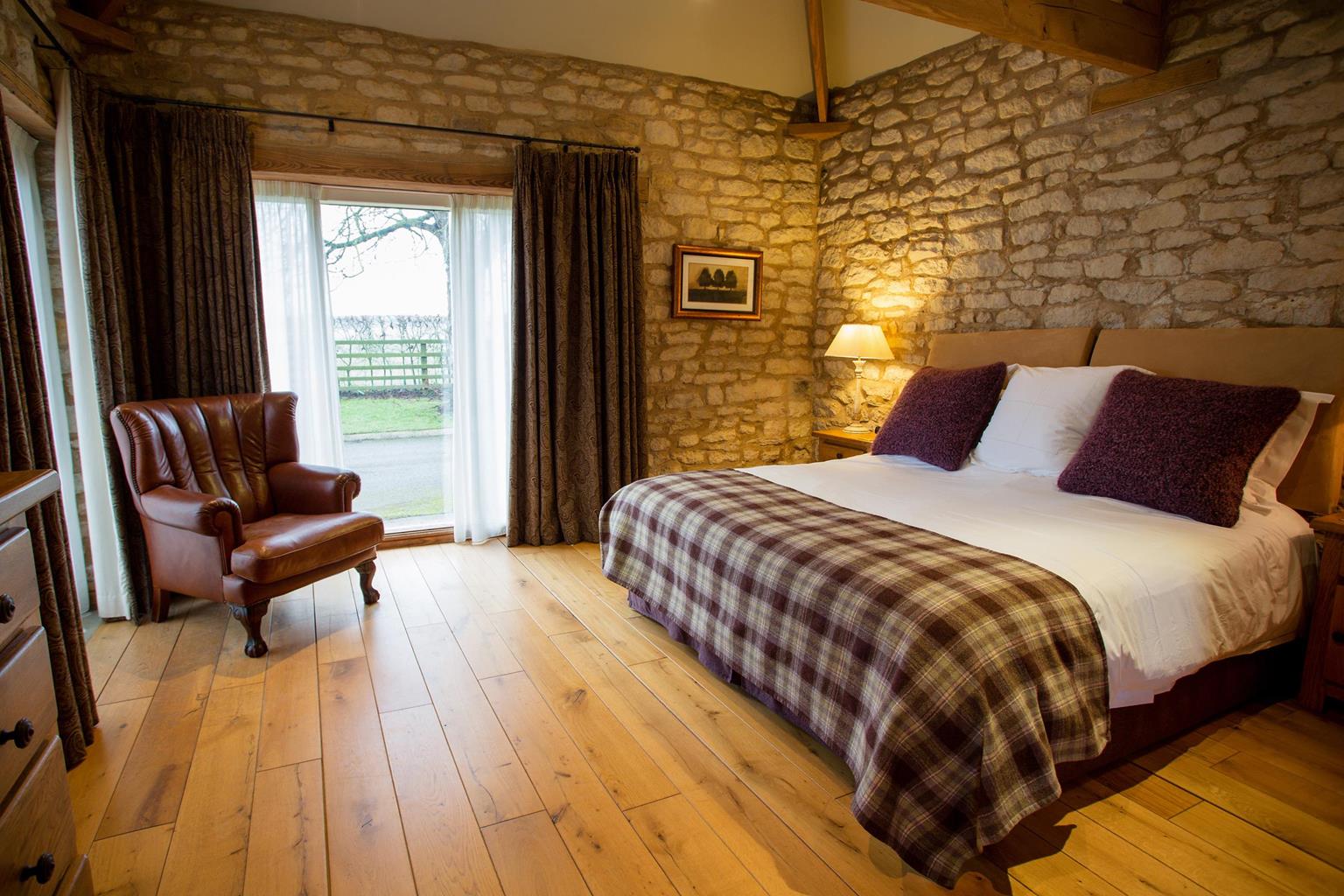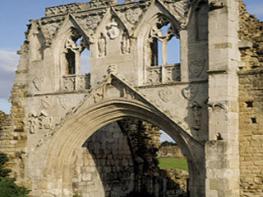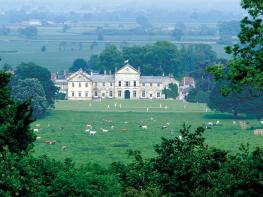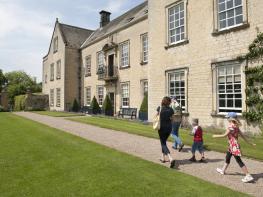Castle Howard is ideally situated in the heart of North Yorkshire so why not stay a little…
Exploring Castle Howard

5.25 miles (8.4kms)
About the walk
One of the greatest of England’s stately homes, Castle Howard was designed in 1699 by John Vanbrugh for Charles Howard, 3rd Earl of Carlisle. Vanbrugh was not an architect; he made his reputation first as a soldier, then as a playwright, so he was an odd choice. Nevertheless, he rose to the task in superb style. The north front, which we see from the first part of the walk, is hugely dramatic, with its giant columns, curving wings and crowning dome. One early visitor, Sir Horace Walpole, wrote, ‘I have seen gigantic palaces before, but never a sublime one.’
Everyone who visits Castle Howard will soon realise that this great house is set in a landscape that has been carefully manipulated as a setting for the house. The impressive 3.75-mile (6km) long, ruler-straight avenue that passes through the fortified Carrmire Gate and the Pyramid Gate, is only the start. Virtually everything of the estate you will see on the walk has been altered – hills rounded or levelled, rivers re-routed and dammed, lakes dug. All this was to create what the 18th-century writers called ‘a perfect landskip’, based on Italian paintings and dotted with classical buildings.
There are three pyramids at Castle Howard – one of them is over the Pyramid Gate, one is in Pretty Wood and the third, The Great Pyramid, is a landmark on the second part of this walk. Surrounded by four stone lanterns this pyramid (not open to the public) holds a colossal bust of the 3rd Earl’s great-great-great-grandfather. To the right as you approach the ornamental bridge over the New River, created in the 1740s, is the splendid Mausoleum designed by Nicholas Hawksmoor. It is the final resting place for many generations of the Howard family, including Lord Howard of Henderskelfe, a former Chairman of the BBC. From the ornamental bridge there are fine views of the south façade of the house itself and its distinctive gilded dome.
Beyond the bridge is the Temple of the Four Winds, each portico inviting fresh breezes from the cardinal points of the compass. This little building by Vanbrugh is at the end of a terraced walk from the house. It is said that this walk was originally the main street of the village of Henderskelfe, swept away by the 3rd Earl and his architect in their grandiose scheme. Plans were drawn up for a new village nearby, but somehow it was never built. Beyond, notice the garden wall; the ground is higher on the house side, and is retained by a solid, rustic wall with a ditch in front of it – an early ha-ha, which allowed uninterrupted views of the countryside without the inconvenience of sheep in the drawing room.
Walk directions
From Coneysthorpe head towards the lake, then turn left and, just beyond the last cottages, go right through a tall white gate in a wall.
Go half left, following the Bog Hall sign. Cross the track and head towards the further telegraph pole, passing the cemetery on your left. After a gateway, go right along the edge of a field, and when you reach the double gate turn right again along the edge of the wood. Continue along the track to reach a junction of tracks near a bridge.
Do not cross the bridge, but turn left along the track, following it as it bends right, signed ‘Gaterley’, through the farm buildings. The track passes a wood and winds over a bridge. At the next farm buildings follow the Centenary Way sign to the right.
At the T-junction turn right along the metalled lane. The Great Pyramid comes into view. As you near it you will reach a staggered crossing of tracks. Turn right here, signed ‘Coneysthorpe’, and descend to the bridge over the dammed stream, with the Mausoleum on the right and Castle Howard on the left.
Cross the bridge, go through the gate then continue uphill, with the Temple of the Four Winds on your left. The path goes over the ridge, then turns left to the park wall. Follow the wall as it bends left and go though a kissing gate beside a white gate and continue along the track.
At a T-junction turn left and follow the track, which bends right near some metal gates. Follow this track back to the tall white gate in Coneysthorpe. Turn left through the gate, and retrace your route back to the car park.
Additional information
Field paths and estate roads, no stiles
Estate landscape and farmland
Dogs should be on lead for the walk
OS Explorer 300 Howardian Hills & Malton
Near crossroads near the village hall in Coneysthorpe
None on route (toilets at Castle Howard)
WALKING IN SAFETY
Read our tips to look after yourself and the environment when following this walk.
Find out more
Also in the area
About the area
Discover North Yorkshire
North Yorkshire, with its two National Parks and two designated Areas of Outstanding Natural Beauty, is England’s largest county and one of the most rural. This is prime walking country, from the heather-clad heights of the North York Moors to the limestone country that is so typical of the Yorkshire Dales – a place of contrasts and discoveries, of history and legend.
The coastline offers its own treasures, from the fishing villages of Staithes and Robin Hood Bay to Scarborough, one time Regency spa and Victorian bathing resort. In the 1890s, the quaint but bustling town of Whitby provided inspiration for Bram Stoker, who set much of his novel, Dracula, in the town. Wizarding enthusiasts head to the village of Goathland, which is the setting for the Hogwarts Express stop at Hogsmeade station in the Harry Potter films.
York is a city of immense historical significance. It was capital of the British province under the Romans in AD 71, a Viking settlement in the 10th century, and in the Middle Ages its prosperity depended on the wool trade. Its city walls date from the 14th century and are among the finest in Europe. However, the gothic Minster, built between 1220 and 1470, is York’s crowning glory.
Nearby stays
Restaurants and Pubs
Nearby experiences
Recommended things to do
Why choose Rated Trips?
Your trusted guide to rated places across the UK
The best coverage
Discover more than 15,000 professionally rated places to stay, eat and visit from across the UK and Ireland.
Quality assured
Choose a place to stay safe in the knowledge that it has been expertly assessed by trained assessors.
Plan your next trip
Search by location or the type of place you're visiting to find your next ideal holiday experience.
Travel inspiration
Read our articles, city guides and recommended things to do for inspiration. We're here to help you explore the UK.


